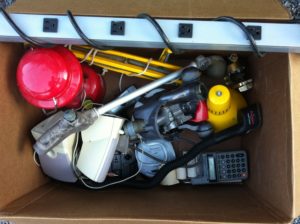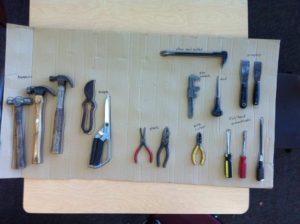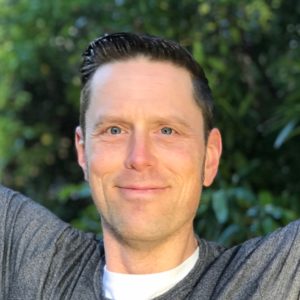I will be running a 3-4 day 2-part PPC. Part 1 will use a physical object. Part 2 will use equations. I will be implementing this during the first week of school as part of my community-building and community-norms development.
Students will:
Day 1: develop ground rules for working in teams, select an object to observe, begin posters with external observation, quickwrite their favorite complexity/question
Day 2: take-apart of their object, continuing poster and PPC observations, if time, gallery walk, and self-evaluation as teammember
Day 3: apply PPC process to simple and more complex equations, demonstrate for class, examine different opinions with philosophical chairs
(Day 4: extra day if needed)
Student Learning Objectives:
- Teamwork
- Collaboration
- See peers as source of expertise
- Critique the reasoning of others
- Collaboration
- Careful observation
- Take responsibility for own learning
- Develop growth mindset
Students will be challenged to share tools, airtime, and idea space. As part of the activity we will be closely examining how we are working, noticing “who is holding what” and “who is doing what” and swapping roles often. Close observation of how we work in teams is an important outcome of this activity.
In particular I want students to appreciate that the things and systems around them and in this case specifically, the conventions of mathematics, were designed by humans and that those conventions are not mandates from the math gods but rather are tools that humans designed to help them work with big ideas. Students who internalize that understanding will feel more ownership over those tools and less reticence to dive in and see what happens when we start tinkering with things (whether objects or symbols).
Complexities in both formats (objects and equations) may be represented by what questions the students have about the objects or about the equations. Helping the students to recognize that good questions and recognizing and admitting what we don’t know are the first steps to understanding and something to be embraced is part of developing a growth mindset.
Student Ownership:
A PPC involves minimal instruction. I will provide the opportunity and facilitate key observations about how we are working in groups as well as guidance, for example recognizing that we can capture complexities by thinking about what questions we have about a system, however, how students want to organize their process, posters, and method of take-apart, will be student led. Classes will pause throughout the process and generate suggestions to add to a classroom/teamwork norms poster. By owning the process and the product as well as developing the systems within which they want to work, students will take responsibility for their learning and develop agency.
Challenges:
I anticipate that students will have difficulty working productively in teams. This activity should be fun and has opportunities for examining and articulating how we are working in groups and how we want to work in groups so that we will capitalize on this challenge by developing good team routines.

Choosing the PPC objects:
While simpler mechanical objects have been recommended, I am going to experiment with a mix of items some more mechanical and others with electric or electronic parts. While electronic parts can often appear as “black boxes,” obscuring connections and complexities, hopefully these ambiguities can serve as a good jumping off point for discussions about our equations and what parts we concretely understand and what parts are more difficult to understand or are more abstract.

